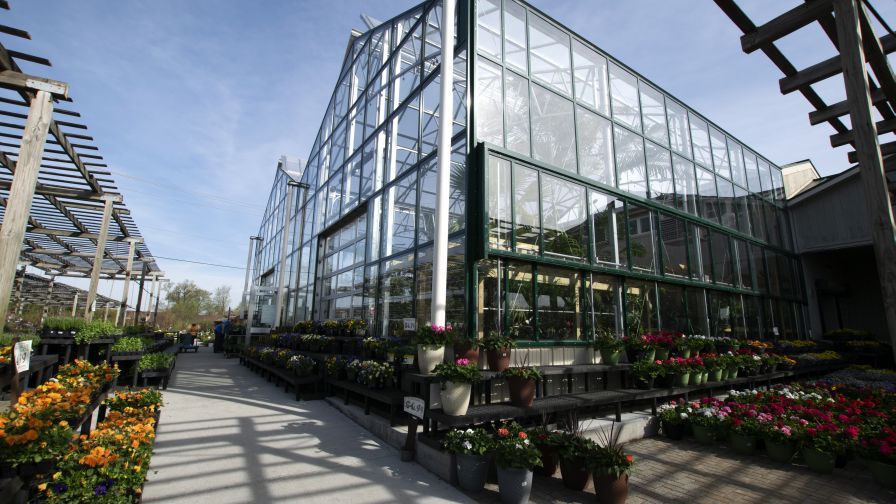7 Steps to Energy Savings When Upgrading Your Greenhouse

One common mistake growers make is to spend incremental amounts of time and money on renovations without looking at the larger picture of years of life left in the existing structure. Photo: Prospiant
When it comes time to upgrade your greenhouse facility, the ultimate goal should not just be improved efficiency and plant quality. Ideally, at a time when energy costs must be managed more than over, the right decisions can also lead to significant energy savings.
Paul Golden, Commercial Sales Manager, Greenhouse at Prospiant, outlines seven factors to consider as you plan for renovations to your facility.
- Coverings: are you getting the maximum R value while maintaining ideal light transmission? Is outside air infiltration resulting in heating losses? Heating is one of the largest costs of production, and the type of covering the greenhouse uses can often have the biggest impact on the amount of heating required.
- Would you be more efficient with gutter-connected structures, which have less surface area for heat loss and don’t require moving in and out of one house to another? This results in less efficient use of labor and more heat loss.
- Have you considered an energy screen/shade curtain system. Each time you install a tight-fitting energy curtain, you essentially double the R value of the roof glazing system while also providing a better environment for the crops underneath.
- What about rolling or palletized benches? Benches actually help you save energy by increasing the fill factor of the greenhouse (the percentage of space utilized in the greenhouse). Rolling and palletized benches can fit about 20% more plant material into a production house by eliminating aisles between rows of crops. The owners don’t spend any additional money on heat, lighting, and often labor than they would have spent otherwise. Plus, the benches are more ergonomic when compared to growing on the ground.
- Are you still using low efficiency unit heaters or have you considered high efficiency forms of hydronic heating? Hydronic heating usually delivers heat right where the crop is located vs unit heaters which heat the air and tend to trap heat high up in the greenhouse where the crop isn’t being grown. Boilers also have a higher efficiency than unit heaters and can regulate themselves based on heat demands. Lastly, many crops have accelerated growth when heated at the root zone when compared to being raised on cold ground. Turning more crops per greenhouse is also more energy efficient.
- Have you considered switching to LED lighting? The cost of LEDs can be significant, but some municipalities offer incentives to make the switch. Right now, the best LEDs on the market are roughly 50% more energy efficient than other HID lighting options (LEDs are 3.1 micromol/joule vs 2.1 micromol/joule for HPS). This is particularly interesting at the propagation stage where the lighting energy is spread over a large number of young plants. The plants under LEDs tend to be less heat stressed. Additionally spectral manipulation can have impacts on plant morphology in favorable ways.
- Lastly, upgrading to integrated controls can not only save energy by keeping heating and cooling equipment running during the proper times, but modern controls allow the operators to make quick changes by remote accessing the greenhouse sensor readings from a PC or phone. The controls would also provide alarms letting the operator know when equipment isn’t properly functioning. This could lead to energy savings and potentially save the owner from risk of a crop loss.
1
1
5
7 Steps to Energy Savings When Upgrading Your Greenhouse




